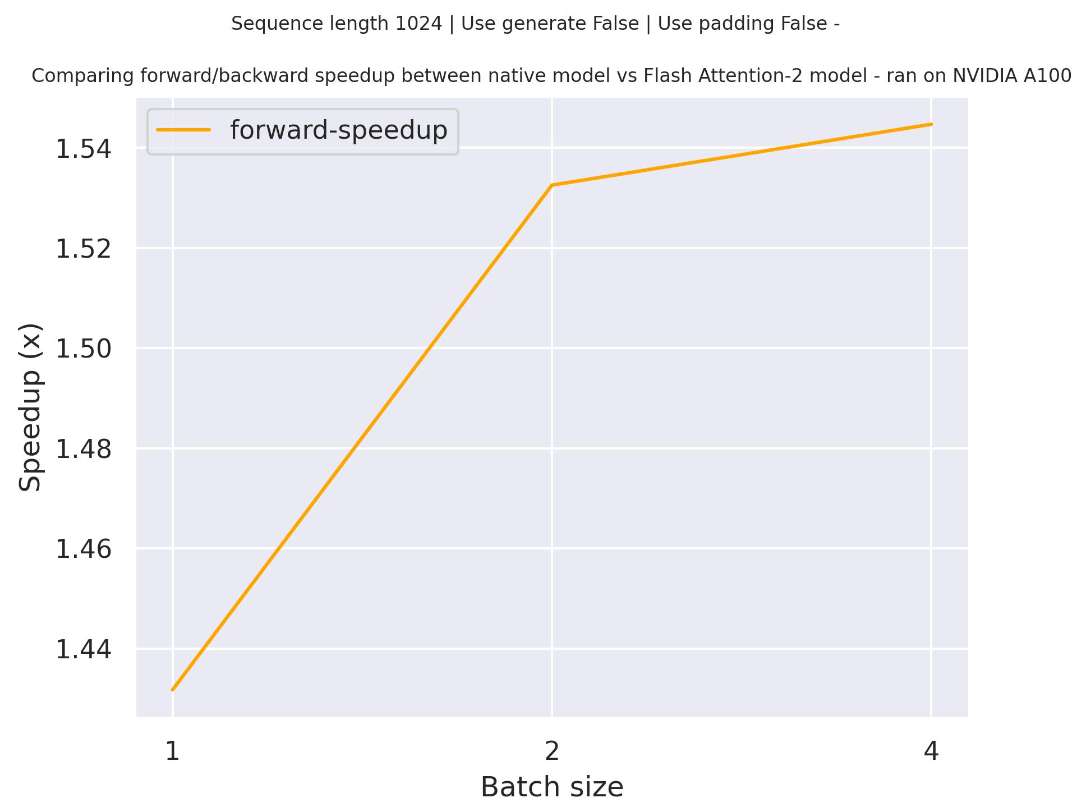* support FA2 * fix typo * fix broken tests * fix more test errors * left/right * fix bug * more test * typo * fix layout flash attention falcon * do not support this case * use allclose instead of equal * fix various bugs with flash attention * bump * fix test * fix mistral * use skiptest instead of return that may be misleading * add fix causal arg flash attention * fix copies * more explicit comment * still use self.is_causal * fix causal argument * comment * fixes * update documentation * add link * wrong test * simplify FA2 RoCm requirements * update opt * make flash_attn_uses_top_left_mask attribute private and precise comment * better error handling * fix copy & mistral * Update src/transformers/modeling_utils.py Co-authored-by: amyeroberts <22614925+amyeroberts@users.noreply.github.com> * Update src/transformers/modeling_utils.py Co-authored-by: amyeroberts <22614925+amyeroberts@users.noreply.github.com> * Update src/transformers/modeling_utils.py Co-authored-by: amyeroberts <22614925+amyeroberts@users.noreply.github.com> * Update src/transformers/utils/import_utils.py Co-authored-by: amyeroberts <22614925+amyeroberts@users.noreply.github.com> * use is_flash_attn_greater_or_equal_2_10 instead of is_flash_attn_greater_or_equal_210 * fix merge * simplify * inline args --------- Co-authored-by: Felix Marty <felix@hf.co> Co-authored-by: amyeroberts <22614925+amyeroberts@users.noreply.github.com>
4.7 KiB
GPT Neo
Overview
The GPTNeo model was released in the EleutherAI/gpt-neo repository by Sid Black, Stella Biderman, Leo Gao, Phil Wang and Connor Leahy. It is a GPT2 like causal language model trained on the Pile dataset.
The architecture is similar to GPT2 except that GPT Neo uses local attention in every other layer with a window size of 256 tokens.
This model was contributed by valhalla.
Usage example
The generate() method can be used to generate text using GPT Neo model.
>>> from transformers import GPTNeoForCausalLM, GPT2Tokenizer
>>> model = GPTNeoForCausalLM.from_pretrained("EleutherAI/gpt-neo-1.3B")
>>> tokenizer = GPT2Tokenizer.from_pretrained("EleutherAI/gpt-neo-1.3B")
>>> prompt = (
... "In a shocking finding, scientists discovered a herd of unicorns living in a remote, "
... "previously unexplored valley, in the Andes Mountains. Even more surprising to the "
... "researchers was the fact that the unicorns spoke perfect English."
... )
>>> input_ids = tokenizer(prompt, return_tensors="pt").input_ids
>>> gen_tokens = model.generate(
... input_ids,
... do_sample=True,
... temperature=0.9,
... max_length=100,
... )
>>> gen_text = tokenizer.batch_decode(gen_tokens)[0]
Combining GPT-Neo and Flash Attention 2
First, make sure to install the latest version of Flash Attention 2 to include the sliding window attention feature, and make sure your hardware is compatible with Flash-Attention 2. More details are available here concerning the installation.
Make sure as well to load your model in half-precision (e.g. torch.float16).
To load and run a model using Flash Attention 2, refer to the snippet below:
>>> import torch
>>> from transformers import AutoModelForCausalLM, AutoTokenizer
>>> device = "cuda" # the device to load the model onto
>>> model = AutoModelForCausalLM.from_pretrained("EleutherAI/gpt-neo-2.7B", torch_dtype=torch.float16, use_flash_attention_2=True)
>>> tokenizer = AutoTokenizer.from_pretrained("EleutherAI/gpt-neo-2.7B")
>>> prompt = "def hello_world():"
>>> model_inputs = tokenizer([prompt], return_tensors="pt").to(device)
>>> model.to(device)
>>> generated_ids = model.generate(**model_inputs, max_new_tokens=100, do_sample=True)
>>> tokenizer.batch_decode(generated_ids)[0]
"def hello_world():\n >>> run_script("hello.py")\n >>> exit(0)\n<|endoftext|>"
Expected speedups
Below is an expected speedup diagram that compares pure inference time between the native implementation in transformers using EleutherAI/gpt-neo-2.7B checkpoint and the Flash Attention 2 version of the model.
Note that for GPT-Neo it is not possible to train / run on very long context as the max position embeddings is limited to 2048 - but this is applicable to all gpt-neo models and not specific to FA-2

Resources
GPTNeoConfig
autodoc GPTNeoConfig
GPTNeoModel
autodoc GPTNeoModel - forward
GPTNeoForCausalLM
autodoc GPTNeoForCausalLM - forward
GPTNeoForQuestionAnswering
autodoc GPTNeoForQuestionAnswering - forward
GPTNeoForSequenceClassification
autodoc GPTNeoForSequenceClassification - forward
GPTNeoForTokenClassification
autodoc GPTNeoForTokenClassification - forward
FlaxGPTNeoModel
autodoc FlaxGPTNeoModel - call
FlaxGPTNeoForCausalLM
autodoc FlaxGPTNeoForCausalLM - call